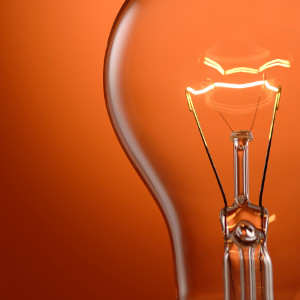Water has been used as a source of energy for millennia. All of the civilisations of antiquity used water extensively, employing water wheels and other devices to raise water to higher levels for irrigation.
Hydroelectric generation originated with the invention of the hydro turbine in France in the 1830s. The transmission of hydroelectric power was demonstrated at the Exposition in Munich of 1882. 2,400 volts of power was transmitted by direct current over a distance of 59 km from Miesbach. In the same year the first central hydroelectric station powering 250 lights was installed in Appleton, on the Fox River in Wisconsin. A hydro-electric plant was developed in 1883 at Portrush in Ireland and in 1885, also in Ireland; a 65 horsepower turbine was installed for the Bessbrook and Newry railway. In 1891 at Frankfort on Main, Germany, the first three phase hydroelectric system was used for a 175 km, 25 kV demonstration line from plant at Lauffen.
The first of many hydro electric power plants at Niagara Falls was completed shortly thereafter. Hydropower continued to play a major role in the expansion of electrical service early in this century, both in North America and around the world. By 1886, there were about 40 to 50 hydro plants in the US and Canada. Many new hydro plant designs rapidly came about from 1895 to 1915 but plant design became more standardised after World War I. Throughout the 1920s and 1930s most development was related to transmission, distribution, and thermal plants. The US Bureau of Reclamation became involved with hydro in 1902 as a byproduct of its focus on water resource management in the arid West.
Small hydroelectric generators were installed to construct projects like the Theodore Roosevelt Dam near Phoenix, Arizona (1905-1907). Community members supported such projects because they were provided with cheap electricity. The surplus power from these water projects was sold to existing power distributors to pay for the construction and operating costs of these facilities. Cheap and abundant hydropower attracted a lot of industrial development nearby and increased farm irrigation.






